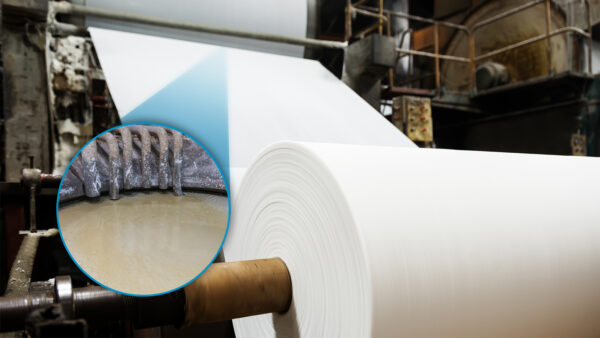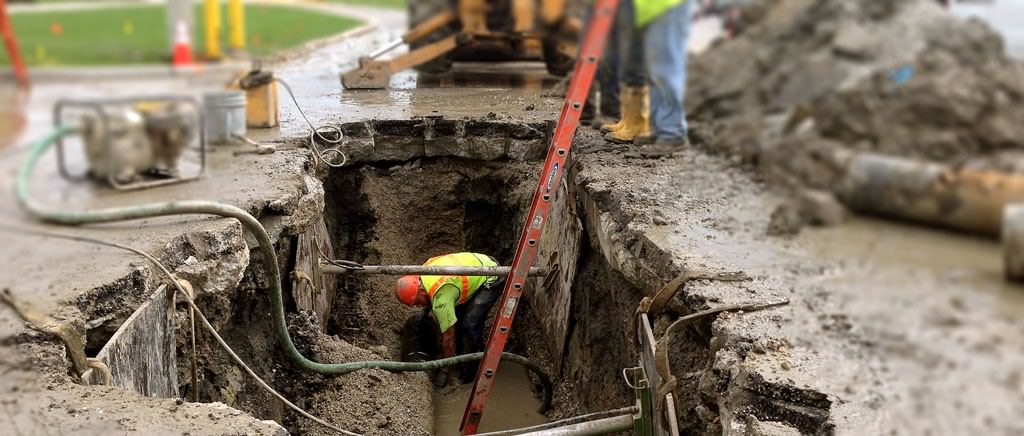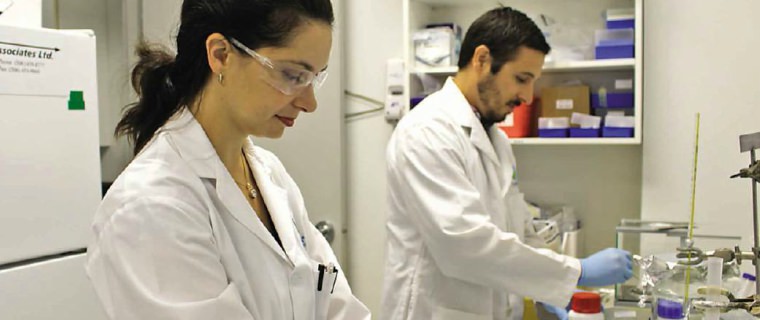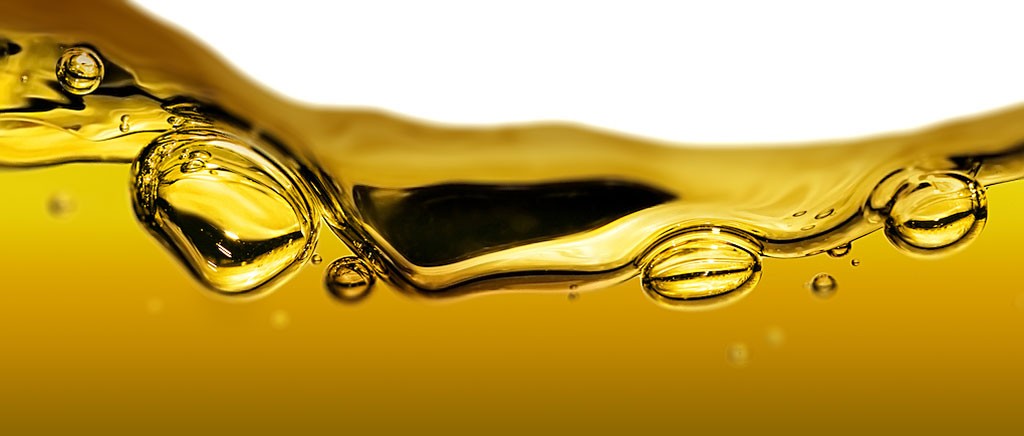Water is an instrumental ingredient in the manufacture of paper products. When wood products are broken down into pulp, water is used to move the slurry onto the paper machine, which is something akin to a fast moving, very long conveyor belt. Being an organic product, both pulp and paper tend to facilitate the growth of bacteria and other microorganisms. Throw in some starch, CMC, recycled fibre or many other variables and you have optimal conditions for microbiological growth. When microorganisms grow out of control, they can form slimes that adhere to the machine and/or the product, which can weaken the paper sheet and cause paper breaks.
Because paper products are generally made as one continuous sheet, paper breaks are both troublesome and costly. A typical paper break can cause anywhere from 2 to 60 minutes of downtime for a process that can have up to $10,000 per hour of production value. If your machine has slime issues there are countless potential dollars to be saved. So how can we prevent these occurrences? The answer is to have a strong microbial control program, including the use of antimicrobial biocides and reliable testing tools. LuminUltra’s 2nd Generation ATP test kits enable paper machine operators to gain reliable information at any point in the paper process – from raw water to the headbox, the ability to test for slime growth on the machine frame before it can be seen, and even specialty coatings. Between reliable and accurate monitoring tools, best-in-class knowledge and support, and revolutionary software products, we’ve got you covered!









